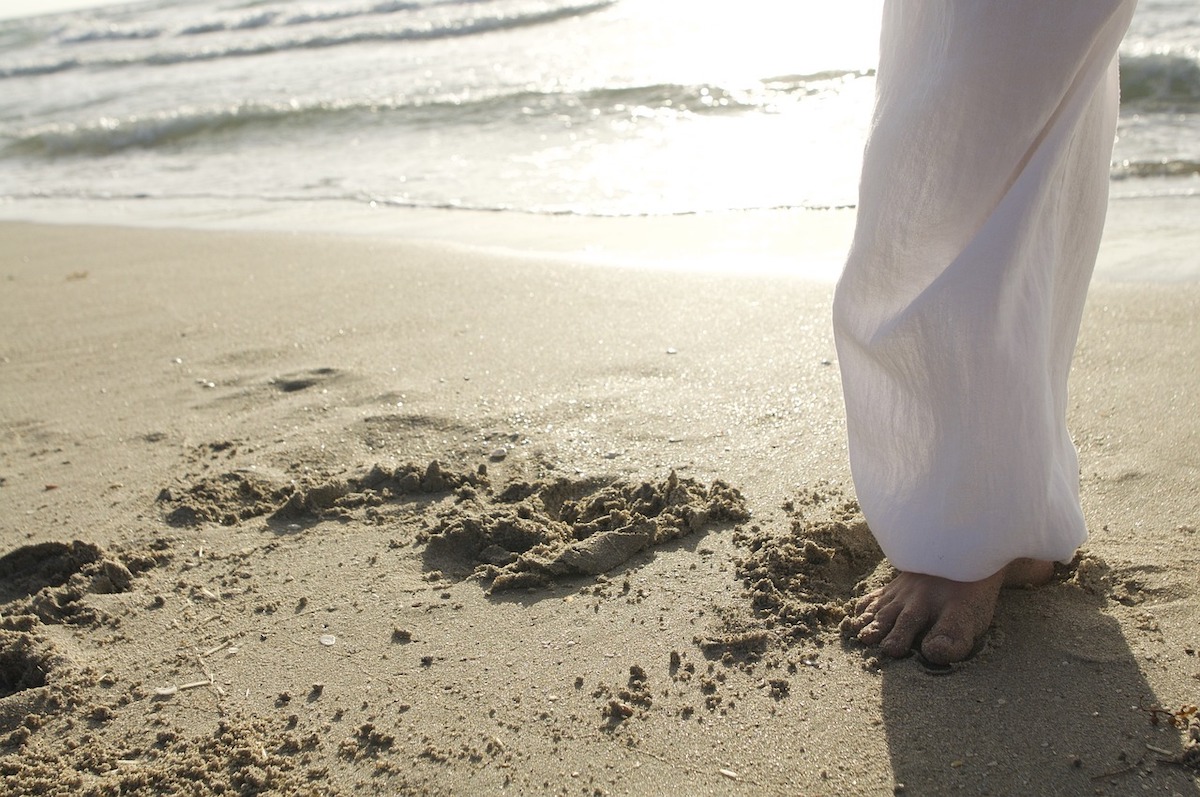3. Chair Yoga
Tailored for seniors with mobility limitations, balance issues, or conditions like arthritis and osteoporosis, chair yoga is a gentle yet effective form of exercise. It’s particularly helpful for those who find standing poses challenging. By performing yoga poses while seated, seniors can enjoy the benefits of improved flexibility and balance, which are crucial in preventing falls. For those with arthritis, chair yoga helps in gently stretching and strengthening muscles without putting excessive strain on painful joints.

It’s also beneficial for individuals with osteoporosis, as the poses aid in maintaining bone health and improving posture. Additionally, chair yoga is excellent for enhancing mental well-being, as it incorporates mindful breathing and relaxation techniques, making it a holistic exercise for both the body and mind.
4. Tai Chi
Highly suitable for seniors, especially those with Parkinson’s disease, chronic obstructive pulmonary disease (COPD), arthritis, or heart disease, Tai Chi offers a multitude of benefits. For Parkinson’s patients, the slow, graceful movements of Tai Chi are instrumental in improving balance and coordination, reducing the risk of falls—a common concern in this group. In the case of COPD, the gentle physical activity combined with deep breathing exercises enhances lung function and boosts stamina.
For individuals with arthritis, the soft, flowing motions help in maintaining joint flexibility and reducing pain. Additionally, Tai Chi’s meditative aspect significantly lowers stress and anxiety, which is beneficial for heart health. The focus on deep breathing and mindfulness also promotes overall mental well-being, making Tai Chi a comprehensive exercise for both physical and mental health in seniors.
5. Pilates
Particularly beneficial for seniors with back pain, balance issues, and those recovering from certain injuries, Pilates focuses on strengthening the core muscles, which is essential for overall stability and alignment. For those with chronic back pain, the emphasis on spinal alignment and core strengthening can provide significant relief and improve posture. Pilates’ low-impact exercises also enhance muscle tone and flexibility, aiding seniors with balance problems by improving their coordination and reducing the risk of falls. Moreover, for individuals recovering from injuries, especially around the hip, knee, or shoulder, modified Pilates exercises offer a safe rehabilitation option, helping to rebuild strength and mobility without straining the affected areas. Its focus on controlled, precise movements makes Pilates an excellent choice for seniors seeking to maintain their physical health and improve functional movement in daily activities. You’ll find more exercises for seniors (with medical conditions) on the next page, so continue reading quickly.

